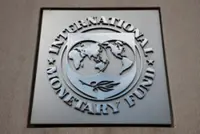In countries where tourism dollars are readily available to fund big projects like a new international airport, there is also a cost to the land and its fragile ecosystems. — Photos: Pixabay
Everyone wants one. Now even tiny Siem Reap – home to Angkor’s majestic jungle-shrouded temples – has a big one.
The Siem Reap-Angkor International Airport started operation on Oct 16, in one fell swoop catapulting the operation into the largest of its kind in Cambodia.
Already a subscriber? Log in
Save 30% OFF The Star Digital Access
Cancel anytime. Ad-free. Unlimited access with perks.





